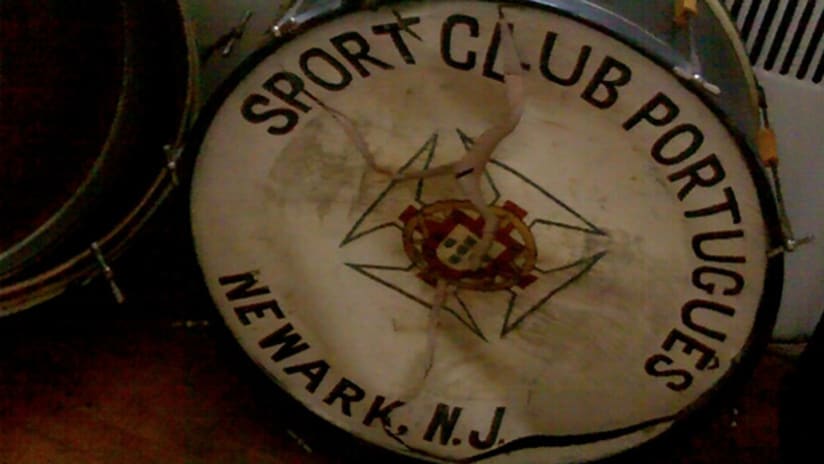A version of this article ran on MLSsoccer.com in 2010, ahead of Red Bull Arena's opening.
When Red Bull Arena threw open its shiny new doors on March 20, 2010, it brought professional soccer back to Harrison, N.J., for the first time since 1923. But despite the lack of a professional team for almost nine decades, the game never left the area.
The West Hudson area of New Jersey has one of the richest soccer histories in the country, making it the ideal place for America’s premier soccer venue. Where the cities of Harrison, Kearny and Newark hug the Passaic River, soccer has long been a focal point of the local culture, giving this gritty area its unique identity.
In most urban areas in the Northeast, the dunking, no-look hoops hotshots are the local sporting kings. Not in Harrison. There is indeed a basketball court, but it plays second fiddle to a thin-turfed soccer field that’s front and center on the corner of Jersey Street and Frank E. Rogers Boulevard, just one mile up the street from Red Bull Arena. Simply known as “The Courts,” it’s the soccer equivalent of Harlem’s famed Rucker Park, and was once a stomping ground of local product and former US national-teamer Tab Ramos.
The former MetroStars legend may be Harrison’s most well-known soccer export, but he’s certainly not the only one. Other players of note include Tom Florie (captain of the 1930 U.S. World Cup team), George Tintle (an early U.S. National Team keeper), Fred Shields (U.S. Soccer Hall of Famer) and Dave D’Errico (NASL alum and former national-teamer).
Just north of Harrison is the town of Kearny, a place whose growth from the end of the 19th century to the early part of the 20th century was tied to the Scottish and Irish immigrants who came to work in the area’s textile mills. These laborers brought their love of the game across the Atlantic and helped to transform West Hudson into a mecca for American soccer for nearly 100 years.
According to the National Soccer Hall of Fame, Kearny was also the scene for the first full international game ever played outside the British Isles: a clash between the U.S. and Canada on Nov. 28, 1885. (That match isn’t recognized as “official” by the USSF because it predates the federation’s founding in 1913.)
Although America’s international game may have gotten its start in Kearny, the local club teams left the biggest mark. Factory squads like Clark ONT and social-oriented outfits like Kearny Scots-Americans, Kearny Irish-Americans and Kearny Celtic won countless league and U.S. Open Cup titles and produced the most impressive list of players ever to hail from a single town. Among the notables who called Kearny home are Archie Stark (232 goals in 205 matches for Bethlehem Steel), John Harkes (former U.S. national-team captain), Tony Meola (former U.S. captain and keeper) Ted Gillen (former MLS and U.S. player) and Billy Gonsalves (a U.S. veteran of two World Cups).
Then there’s Newark, the sizeable burg just across the bridge from Red Bull Arena. And although the state’s largest city is more notorious for its crime rate, it will forever be linked to a vibrant local soccer scene that was fueled by the city’s many social and sporting clubs. In the early part of the 20th century, Newark’s soccer teams read like a United Nations roll call: Newark Germans, Newark Ukrainian Stitch and Newark Scots were the giants of the domestic game and featured many of the top players of the day. But for most of the ethnic teams, their days of glory passed by the middle of the century.
The exception to the rule is Sport Club Portuguêse. Founded in 1921 and based out of a massive, three-floor art deco building in the heart of Newark’s Ironbound district, this venerable sports club was the last gang in town. Until now.
“Everyone is talking about [Red Bull Arena] ,” says the club's head coach, Joe Manso. “Everyone wants to be involved. And the kids, they just want to play there.”










